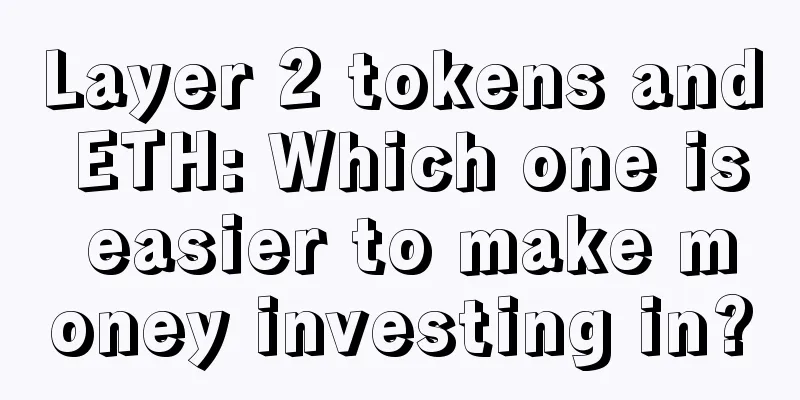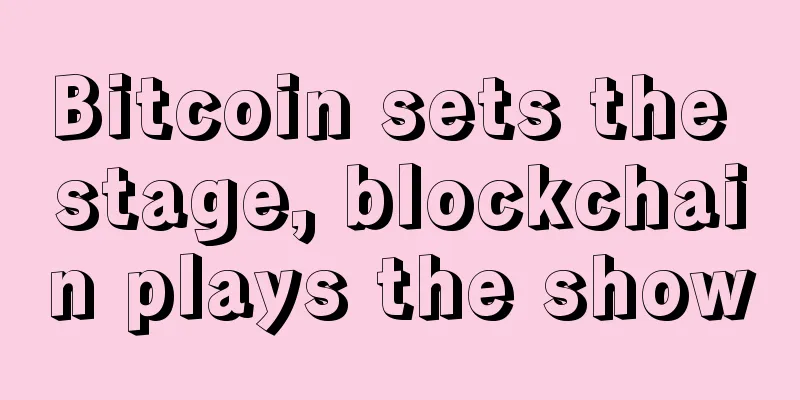Layer 2 tokens and ETH: Which one is easier to make money investing in?

|
Layer 2 on Ethereum has made significant progress in the past few years. Today, ETH L2’s TVL exceeds $40 billion, up from $10 billion a year ago. On @l2beat you’ll find a list of 50+ L2s, though the top 5-10 account for over 90% of TVL. After EIP-4844, Txns fees are very cheap, with fees for Base, Arbitrum, etc. being less than $0.01. Still, L2 tokens have generally performed pretty badly as liquidity investments compared to ETH (they are clearly excellent venture investments). Let’s go back and plot the valuations of the major L2s vs ETH. One notable observation: Even though the number of listed L2s has increased, their percentage of ETH’s total FDV has remained the same. Two years ago, the only listed L2s were Optimism and Polygon. They accounted for 8% of ETH. Today, we have Arbitrum, Starkware, zkSync all joining the L2 ranks. They now account for 9% of ETH. Every new L2 token that enters the market actually dilutes the valuation of previously listed tokens. Compared to ETH, the returns on investing in L2 tokens are quite significantly lower than ETH. Returns over the past 12 months (as of today): ETH +105%; OP +77%; MATIC -3%; ARB -12%. The leading L2 token has long had a FDV of ~$10B. In a sense this is fairly arbitrary and I don’t think there is a good reason from market participants why the valuation is $10B vs $20B vs $3B. Ultimately there is significant supply pressure in the form of vesting, unlocking, etc. - from people who need liquidity and/or a surge. Why isn't there more liquidity buying these L2s? The aforementioned L2s generate $20-30 million in fees per month. Since eip-4844, fees have dropped and now total $3-4 million per month. This equates to $40-50 million in fees per year. Blobs are dirt cheap right now. Most of the revenue goes to the bottom line. (Including optimization, arbitrum, polygon, starkware, zksync) The combined value of these leading L2s is now about $40 billion FDV, with an annualized cost of $40 million. That’s about 1,000x. This is in stark contrast to the large DeFi protocols, which have valuations much lower than DeFi protocols (based on annualized fees in the last month). Typically in the 15-60x range. DYDX - 60x; SNX - 50x; PENDLE - 50x; LDO - 40x; AAVE - 20x; MKR - 15x; GMX-15x. There are many more L2s in the pipeline. As these products come to market, it will likely continue to put pressure and dilute the FDV category of L2s. The supply is simply too large for the liquidity market to easily support. A few final thoughts:
|
<<: Cryptocurrency’s political influence in the United States
Recommend
A person who will never black out even when drunk has a very pointed nose
After getting drunk, some people will completely ...
Palmistry fingerprint diagram: How to tell fortunes with bucket and dustpan
People of the older generation often say that one...
Analysis of the four facial features of women with good fortune
Different facial features represent different mean...
What is the fate of people with tiger eyebrows?
If some people have tiger eyebrows, they tend to ...
Judging a person's wealth index from his face
Judging a person's wealth index from his face...
Facial features of people most likely to break the law knowingly
The law is a fair set of rules that maintain soci...
Will having a broken palm bring bad luck?
Will having a broken palm bring bad luck? The inf...
TAMC Research Institute丨Mining Market Revenue Report in February 2019
Mining market revenue report for February 2019 te...
Facebook changes its name, igniting the concept of the metaverse
Author | Hashipi Analysis Team ...
Foot fortune telling: your fortune can be seen from your feet
Foot fortune telling: your fortune can be seen fr...
Moles in the Tianzhai Palace. Analysis of good and bad moles in the Tianzhai Palace
As one of the traditional physiognomy techniques, ...
People with big noses love playing games, right?
Nowadays, most people like entertainment. For som...
Look at the face to see the sky and the ground
Look at the face to see the sky and the ground In...
Analysis of the facial features of successful women
Physiognomy is one of the traditional physiognomy,...
What does a charming woman look like? A woman with double eyelids and watery eyes!
Every woman hopes to have a good appearance, but ...









